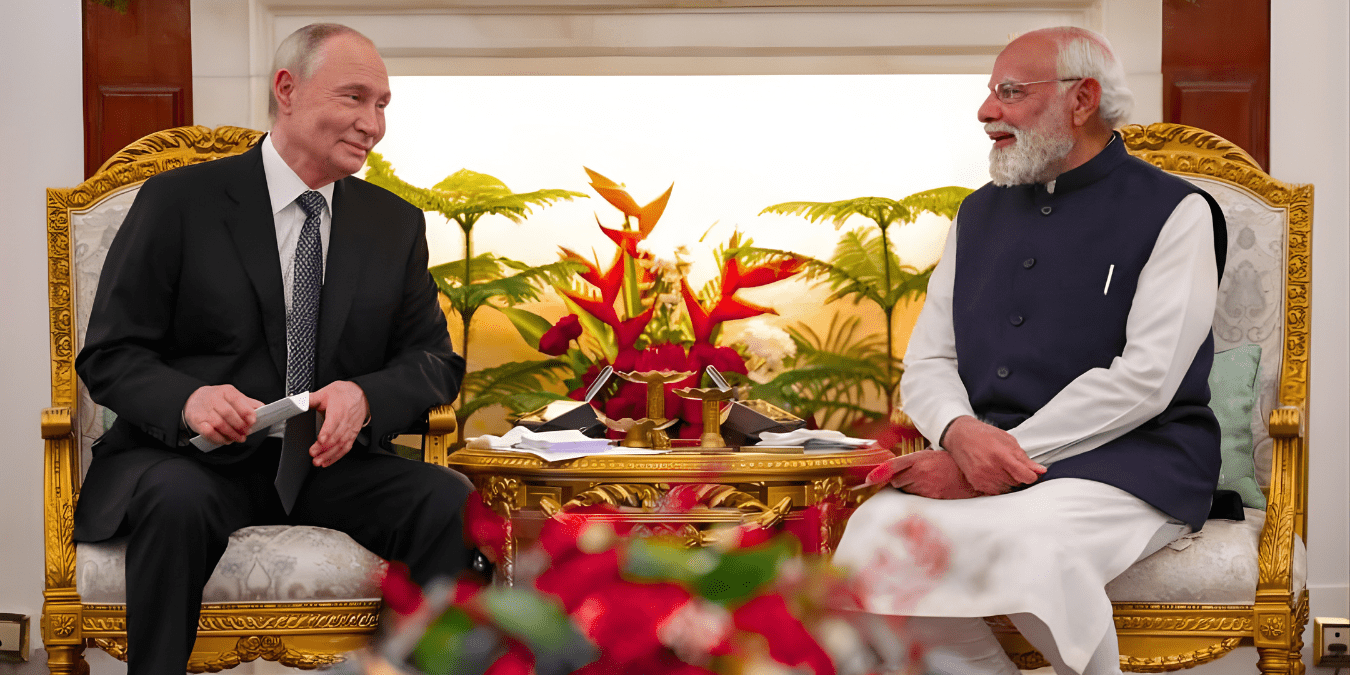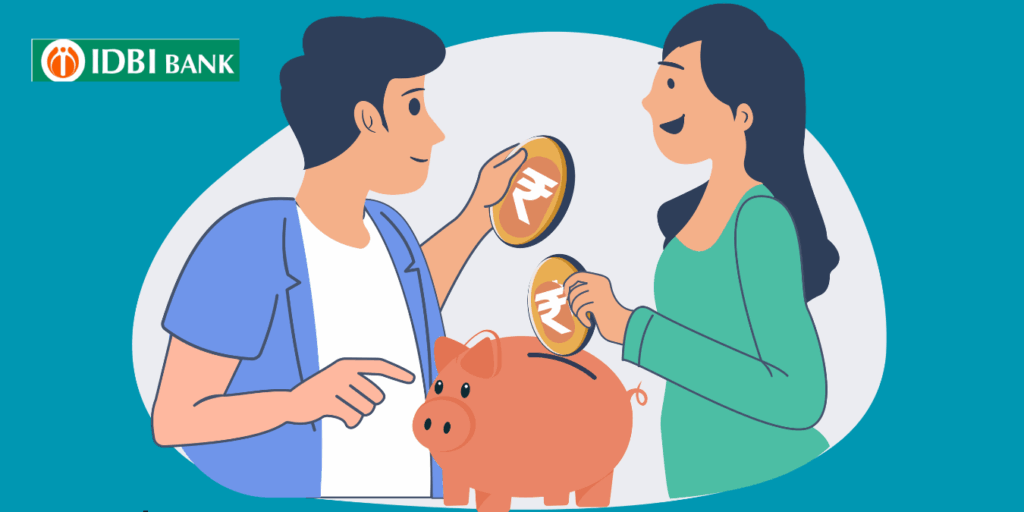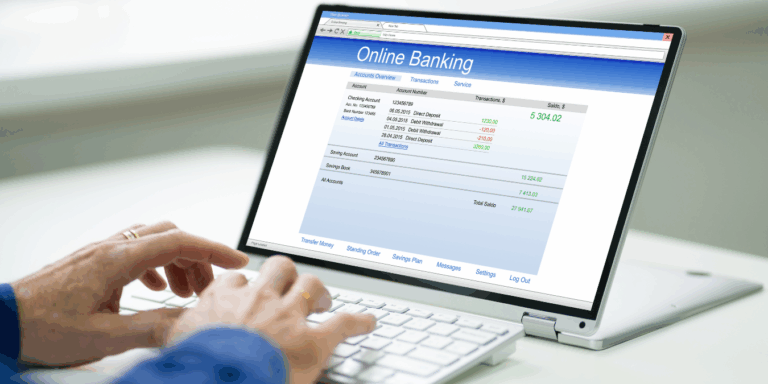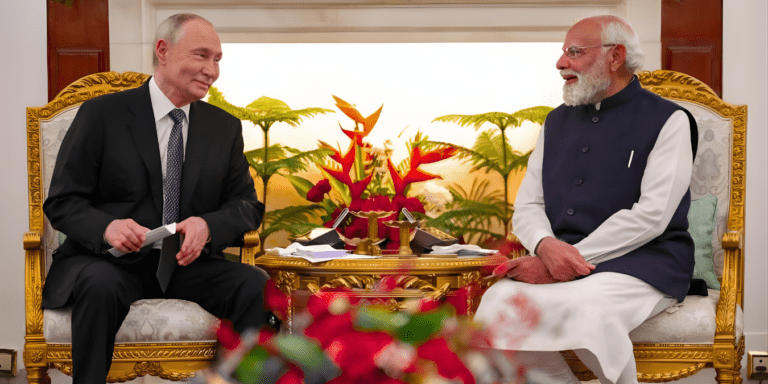
” The best zero balance savings account in India with no minimum balance! Compare top banks like SBI, HDFC, ICICI, Axis, and Kotak. Unlock zero charges, high interest rates, and exclusive benefits. Perfect for students, professionals, and startups. Find out which account suits you best—read now!“
A zero balance savings account offers the perfect solution for those who want to manage their finances without the burden of maintaining a minimum balance. Whether you’re a student, a salaried professional, or someone with irregular income, these accounts provide hassle-free banking with no penalties for low or zero balances. With the rise of digital banking and government initiatives like the Pradhan Mantri Jan Dhan Yojana (PMJDY), zero balance accounts have become a cornerstone of financial inclusion in India.
This comprehensive guide explores the best zero balance savings accounts in 2025, comparing top banks, their features, interest rates, and benefits.
What is a Zero Balance Savings Account?
A zero balance savings account, also known as a Basic Savings Bank Deposit Account (BSBDA) as per the Reserve Bank of India (RBI) guidelines, is a type of savings account that does not require the account holder to maintain a minimum balance. These accounts are designed to promote financial inclusion, especially for individuals with low or irregular incomes, students, and those new to banking.
Key Features of Zero Balance Savings Accounts
- No minimum balance requirement: You can maintain a zero balance without incurring penalties.
- Basic banking services: Access to debit cards, passbooks, internet banking, and limited free ATM withdrawals.
- Government scheme integration: Eligible for Direct Benefit Transfers (DBT) under schemes like PMJDY.
- Interest earnings: Earn interest on your savings, similar to regular savings accounts.
- Digital banking: Many accounts offer seamless online and mobile banking services.
With numerous banks offering zero balance savings accounts in India, choosing the right one depends on your financial needs, accessibility, and the additional benefits provided.
Why Choose a Zero Balance Savings Account ?
Zero balance savings accounts continue to gain popularity due to their affordability and accessibility. Here’s why they are a smart choice:
- Financial Inclusion: According to the RBI, nearly 80% of Indian adults now have access to formal banking, with zero balance accounts playing a significant role in this growth.
- No Penalties: Unlike traditional savings accounts that charge fees for not maintaining a minimum balance (ranging from ₹1,000 to ₹25,000), zero balance accounts eliminate this worry.
- Digital Convenience: With the rise of UPI, NEFT, and IMPS, these accounts offer seamless online transactions, making them ideal for tech-savvy users.
- Government Benefits: Accounts opened under PMJDY provide perks like accident insurance cover (up to ₹2 lakh) and overdraft facilities after six months.
- Attractive Interest Rates: Some banks offer competitive interest rates, up to 7% p.a., on zero balance accounts.
Whether you’re looking for a savings account with no minimum balance or want to open a zero balance account online, offers plenty of options tailored to diverse needs.
Top 10 Best Zero Balance Savings Accounts in India
Below, we’ve curated a list of the best zero balance savings accounts offered by leading banks in India. This list is based on the latest data, including interest rates, features, and customer reviews.
1. IDFC FIRST Bank Pratham Savings Account
Why It Stands Out: IDFC FIRST Bank tops the list with its feature-rich zero balance account, offering high interest rates and unlimited ATM withdrawals.
- Interest Rate: Up to 7% p.a., credited monthly.
- Key Features:
- Unlimited free ATM withdrawals at any bank’s ATM.
- Free debit card, passbook, and chequebook.
- Complimentary personal accident insurance cover of ₹2 lakh.
- Seamless digital banking via mobile app and WhatsApp banking.
- Eligibility: Indian residents above 18 with valid KYC documents (Aadhaar and PAN).
- Best For: Students, salaried individuals, and those seeking high interest rates.
2. Kotak 811 Digital Savings Account
Why It Stands Out: Kotak Mahindra’s 811 account is a fully digital, paperless solution perfect for quick account opening.
- Interest Rate: Up to 4% p.a.
- Key Features:
- Instant account opening with Aadhaar-based e-KYC.
- Virtual debit card for online transactions.
- Free NEFT, RTGS, and IMPS transfers.
- Scan-and-pay option via the Kotak app.
- Eligibility: Indian residents with Aadhaar and PAN.
- Best For: Tech-savvy users and those prioritizing online banking.
3. State Bank of India (SBI) BSBDA
Why It Stands Out: As India’s largest public sector bank, SBI offers a reliable zero balance account with widespread accessibility.
- Interest Rate: 2.7% to 3% p.a.
- Key Features:
- Free RuPay debit card.
- Four free ATM withdrawals per month.
- Access to SBI’s extensive branch and ATM network.
- Eligible for PMJDY benefits, including ₹2 lakh accident insurance.
- Eligibility: Individuals without another SBI savings account and valid KYC.
- Best For: Rural customers and those seeking government scheme benefits.
4. HDFC Bank BSBDA
Why It Stands Out: HDFC’s zero balance account combines reliability with modern banking services.
- Interest Rate: 3% p.a. for balances below ₹50 lakh, 3.5% above.
- Key Features:
- Free RuPay debit card and passbook.
- Four free ATM withdrawals monthly.
- Access to net banking and iMobile app.
- Free cash deposits at branches and ATMs.
- Eligibility: Indian residents and HUFs with valid KYC.
- Best For: Urban customers seeking a trusted private bank.
5. ICICI Bank BSBDA
Why It Stands Out: ICICI offers a robust zero balance account with advanced digital banking features.
- Interest Rate: 3% to 3.5% p.a.
- Key Features:
- Free debit card and chequebook.
- Unlimited free transactions via UPI, NEFT, and RTGS.
- Access to 200+ branches with 256-bit encryption for security.
- Mobile banking via iMobile Pay.
- Eligibility: Individuals without an existing ICICI savings account.
- Best For: Professionals and urban users seeking security and convenience.
6. Axis Bank ASAP Instant Savings Account
Why It Stands Out: Axis Bank’s zero balance account offers quick activation and decent digital features.
- Interest Rate: 3% to 3.5% p.a.
- Key Features:
- Free RuPay debit card.
- Four free ATM transactions monthly.
- Digital banking via Axis Mobile app.
- Deposit limit of ₹10,000 for zero balance accounts.
- Eligibility: Indian residents with Aadhaar and PAN.
- Best For: Young professionals and first-time account holders.
7. RBL Bank Abacus Digital Savings Account
Why It Stands Out: RBL offers a paperless account with competitive interest rates.
- Interest Rate: Up to 4.25% p.a.
- Key Features:
- Instant account opening with Aadhaar and PAN.
- Free virtual debit card for online shopping.
- Five free ATM withdrawals monthly.
- Access to fixed deposit options.
- Eligibility: Indian residents above 18.
- Best For: Those seeking a blend of digital banking and savings growth.
8. IndusInd Bank Indus Delite Savings Account
Why It Stands Out: IndusInd provides a premium zero balance account with exclusive benefits.
- Interest Rate: Up to 7% p.a.
- Key Features:
- Free RuPay debit card.
- Unlimited free NEFT and RTGS transfers.
- Cashback and reward points on transactions.
- Initial funding of ₹10,000 required (no minimum balance thereafter).
- Eligibility: Indian residents with valid KYC.
- Best For: High-net-worth individuals seeking premium services.
9. YES Bank Smart Digital Savings Account
Why It Stands Out: YES Bank offers a user-friendly zero balance account with decent perks.
- Interest Rate: 3.5% to 4% p.a.
- Key Features:
- Five free ATM withdrawals monthly.
- Free UPI, NEFT, and RTGS transactions.
- Digital banking via YES Online app.
- Free debit card and passbook.
- Eligibility: Indian residents above 18.
- Best For: Budget-conscious users seeking reliable banking.
10. Bank of Baroda B3 Silver Account
Why It Stands Out: A solid choice for those seeking a public sector bank with zero balance benefits.
- Interest Rate: 2.75% to 3% p.a.
- Key Features:
- Free debit card with ₹1 lakh daily withdrawal limit.
- Zero Quarterly Average Balance (QAB) requirement.
- Access to loyalty rewards and annual offers.
- Free net banking and mobile banking.
- Eligibility: Any Indian resident.
- Best For: Pensioners and rural customers.
How to Choose the Best Zero Balance Savings Account?
Selecting the best zero balance savings account depends on your financial goals and banking preferences. Here are key factors to consider:
- Interest Rates: Compare rates across banks. IDFC FIRST (7%) and IndusInd (7%) offer some of the highest rates.
- Digital Banking: Ensure the bank provides a robust mobile app and online banking platform for seamless transactions.
- ATM Access: Look for accounts with unlimited or high free ATM withdrawal limits, like IDFC FIRST or Kotak 811.
- Additional Benefits: Check for perks like insurance cover, cashback, or reward points.
- Branch and ATM Network: Choose a bank with widespread accessibility, especially if you prefer in-person banking.
- Transaction Limits: Some accounts cap free withdrawals or deposits, so review these terms carefully.
- Eligibility: Ensure you meet KYC requirements (Aadhaar, PAN, etc.) and don’t hold another account with the same bank (e.g., SBI, ICICI).
Pro Tip: Use comparison tools on platforms like BankBazaar or Paisabazaar to evaluate accounts based on your needs.
Steps to Open a Zero Balance Savings Account Online
Opening a zero balance savings account online is quick and convenient. Here’s a step-by-step guide:
- Choose a Bank: Select from the list above based on your preferences.
- Visit the Bank’s Website or App: Navigate to the savings account section (e.g., Kotak 811, IDFC FIRST).
- Fill in Details: Provide your Aadhaar, PAN, and contact information.
- Complete e-KYC: Verify your identity via Aadhaar OTP or video KYC.
- Submit Application: Review and submit your application.
- Account Activation: Receive your account number and virtual debit card instantly (physical card/passbook may follow).
Latest Trends in Zero Balance Savings Accounts
The banking sector is witnessing several trends that enhance the appeal of zero balance accounts:
- AI-Powered Banking: Banks like ICICI and HDFC are integrating AI chatbots for personalized customer support.
- UPI 2.0 Integration: Seamless UPI transactions with enhanced security features.
- Green Banking: Some banks offer eco-friendly debit cards and paperless banking.
- Higher Interest Rates: Private banks like IDFC FIRST and IndusInd are competing with rates up to 7% p.a.
- Financial Inclusion: PMJDY continues to drive account openings, with over 50 crore accounts opened by 2025.
Common Myths About Zero Balance Savings Accounts
- Myth: Zero balance accounts offer no interest.
- Fact: Many banks, like IDFC FIRST and Kotak, provide competitive interest rates.
- Myth: They have limited features.
- Fact: Most accounts include debit cards, net banking, and government scheme benefits.
- Myth: Only for low-income groups.
- Fact: Students, professionals, and anyone seeking flexibility can benefit.
Which is the Best Zero Balance Savings Account ?
Choosing the best zero balance savings account depends on your priorities. If you value high interest rates and unlimited ATM access, IDFC FIRST Bank Pratham Savings Account is a top pick. For digital convenience, Kotak 811 excels with its paperless process. Those seeking reliability and government benefits can opt for SBI BSBDA or HDFC BSBDA. Meanwhile, IndusInd and RBL cater to users looking for premium features.
Before deciding, compare interest rates, digital banking features, and transaction limits. With zero balance account opening online, you can start your banking journey in minutes. Stay informed, choose wisely, and take control of your finances!
-

Why India Is Doubling Down on Russian Defense Tech Despite the World Watching
-

The Great Oil Heist: How India is Defying a 50% Trump Tariff to Keep Your Petrol Cheap (But at What Cost?)
-

The $100 Billion Gamble: How India and Russia Are Rewriting Trade Rules Right Under the West’s Nose
-

The Stunning Secret Behind Modi-Putin’s “Time-Tested Friendship” That Washington Doesn’t Want You to Know!





























